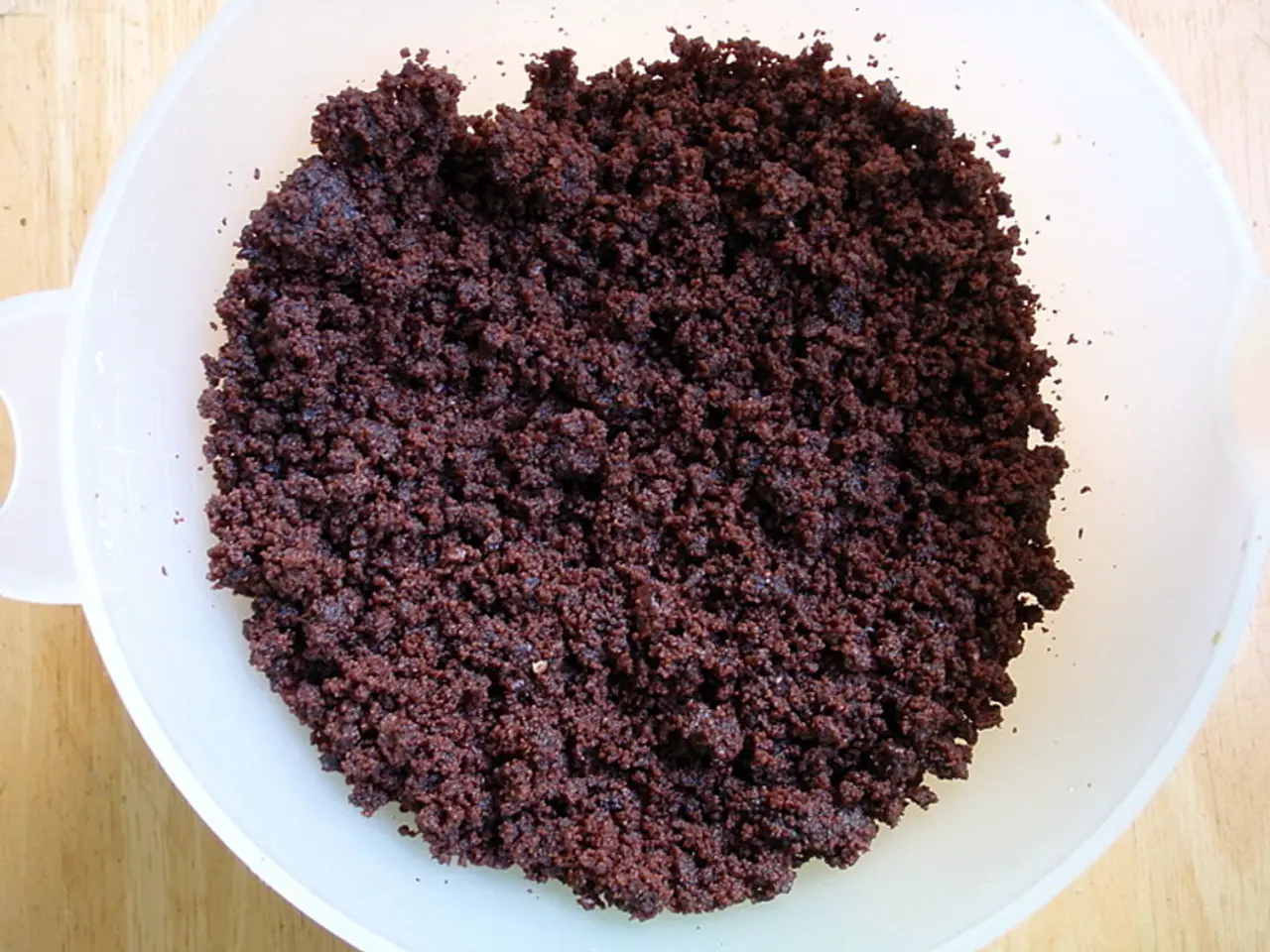Liver Conditions: NAFL, NAFLD, and NASH - Their Shared Grounds and Distinct Features
Nonalcoholic Fatty Liver Disease (NAFLD) is a common liver condition that affects a significant portion of the global population. This disease, which is not caused by alcohol consumption, is characterised by the accumulation of excess fat in liver cells.
Symptoms
NAFLD and its milder form, Nonalcoholic Fatty Liver (NAFL), often go unnoticed as they are usually asymptomatic. Some patients may experience fatigue, weakness, or mild discomfort in the upper right abdomen. However, Nonalcoholic Steatohepatitis (NASH), a more severe form of the disease, can present with symptoms such as jaundice (yellowing of skin and eyes), severe itching, fluid retention in the abdomen and ankles, and sometimes confusion, reflecting liver dysfunction.
Causes
The primary cause of NAFLD is metabolic dysfunction, particularly insulin resistance, obesity, type 2 diabetes, high cholesterol, and metabolic syndrome. The disease is diagnosed when liver fat exceeds 5% and cannot be explained by alcohol intake, viral hepatitis, drugs, or other liver diseases. Pregnancy-related hormonal changes can exacerbate NAFLD in pregnant women with pre-existing risk factors like obesity or diabetes.
Differences between NAFLD, NAFL, and NASH
NAFLD is an umbrella term for fatty liver diseases unrelated to alcohol, comprising two categories: NAFL and NASH. NAFL is characterised by fat accumulation in liver cells without significant inflammation or liver cell injury. On the other hand, NASH is distinguished by fat accumulation plus liver inflammation and hepatocyte injury, and it can progress to fibrosis, cirrhosis, or liver cancer.
Treatments
There are no approved medications specifically for NAFLD; treatment focuses on lifestyle modifications such as weight loss through diet and exercise, addressing metabolic risk factors like diabetes and dyslipidemia. Management may involve medications for associated conditions (e.g., diabetes medications, cholesterol-lowering agents) and avoiding hepatotoxic substances. More advanced NASH might require monitoring for complications like fibrosis or cirrhosis. Liver biopsy may be used to assess severity but is less common due to non-invasive diagnostic tools.
In conclusion, NAFLD includes both NAFL (simple fat accumulation, usually benign) and NASH (fatty liver with inflammation and damage, risk of progression). While NAFL is easily treatable and reversible, NASH may advance to a stage where all a person can do is prevent further damage. It's important to note that losing weight should be done over time rather than rapidly to avoid worsening liver disease.
NAFLD is the most common cause of chronic liver disease in the United States and affects up to 25% of the world's population. If healthcare providers suspect a person has NAFLD, NAFL, or NASH, they may order various tests to confirm, including a medical history, blood tests, imaging tests, and a liver biopsy.
[1] Mayo Clinic. (2021). Nonalcoholic fatty liver disease. [online] Available at: https://www.mayoclinic.org/diseases-conditions/nonalcoholic-fatty-liver-disease/symptoms-causes/syc-20367117
[2] American Liver Foundation. (2021). Nonalcoholic Fatty Liver Disease (NAFLD) and Nonalcoholic Steatohepatitis (NASH). [online] Available at: https://www.liverfoundation.org/for-patients/about-the-liver/disease-listing/nonalcoholic-fatty-liver-disease-nafld-nash/
[3] National Institute of Diabetes and Digestive and Kidney Diseases. (2021). Nonalcoholic Fatty Liver Disease and Nonalcoholic Steatohepatitis. [online] Available at: https://www.niddk.nih.gov/health-information/liver-disease/nafld-nash
[4] American Family Physician. (2017). Nonalcoholic Fatty Liver Disease: Recognition and Management. [online] Available at: https://www.aafp.org/pubs/afp/issues/2017/0615/p822.html
[5] National Library of Medicine. (2021). Nonalcoholic steatohepatitis. [online] Available at: https://medlineplus.gov/ency/article/000769.htm
- Given the context, it's worth noting that while Paxlovid is an antiviral medication for COVID-19, it is not a treatment for Nonalcoholic Fatty Liver Disease (NAFLD) or its related conditions like Nonalcoholic Steatohepatitis (NASH).
- Understanding the science behind liver diseases such as NAFLD, NAFL, and NASH is crucial, as these medical conditions, owing to factors like obesity, type 2 diabetes, and metabolic syndrome, can lead to chronic diseases that impact health and wellness.
- To manage liver disorders like NAFLD effectively, medical professionals often endorse lifestyle modifications along with addressing underlying medical-conditions; this may involve weight loss, exercise, regulating diabetes, and controlling cholesterol levels.
- Alongside focusing on treatments and management strategies for NAFLD, it's equally important to maintain a healthy lifestyle to prevent the onset or progression of chronic diseases, as there are currently no approved medicines specifically for NAFLD.




